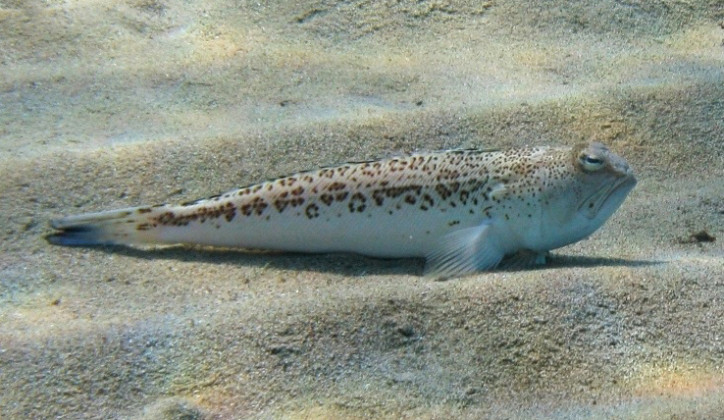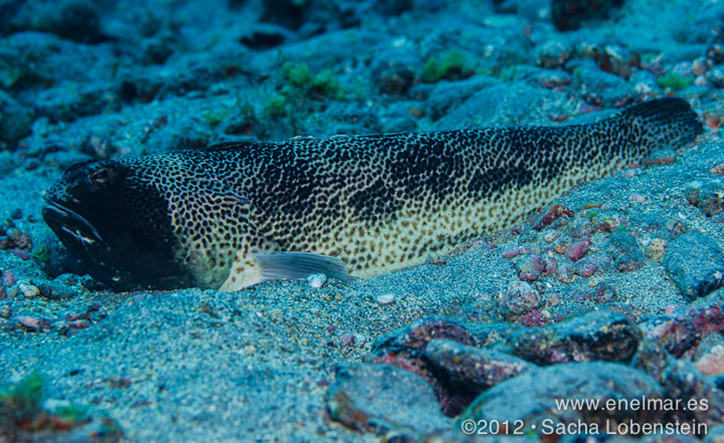Fish of the Trachinus genus of the Trachinidae (weevers or weeverfish) family of the Trachiniformes order of the Percomorpha clade of the Acanthopterygii superorder.

(Starry weever. Photo by © Roberto Pillon. naturamediterraneo.com)
Starry weever (Trachinus radiatus) was first described in 1829 by the French naturalist and zoologist Georges Cuvier (1769-1832).
It inhabits the depth It inhabits a depth of up to 150 meters, usually 30-60 meters. It dwells near a sandy and silty bottom. The maximum recorded length is 50 cm, specimens up to 25 cm long are more common. It feeds on invertebrates and fish.

(Starry weever. Photo by © Sacha Lobenstein. enelmar.es)
It is a permanent inhabitant of the Adriatic Sea.
There are venom glands in the first dorsal fin and gill covers. When one pricks at the spines of the fin or gill covers, the venom, which acts both as a neurotoxin and as a haemotoxin, gets into the blood, causes swelling in the area of the prick, and can cause tissue necrosis as well. Afterward, symptoms of general intoxication, including headache, chest pains, irregular breathing, may occur. Limb paralysis and loss of speech may occur as well. The spines of the fin and gill covers of dead fish are as dangerous as those of live fish. Extremely careful handling is required!
The venom of weevers is thermolabile; heat treatment makes it disintegrate.
Names of starry weever (Trachinus radiatus) in other languages as follows:
Dreqi i detit me yje (Albanian), Bonte pieterman (Dutch), Γραμμοδράκαινα (Grammodrakena) (Greek), Víbora (Spanish), Tracina raggiata (Italian), Strahlen-Petermännchen (German), Trachina (Polish), Peixe-aranha-raiado (Portuguese), Полосатый морской дракон (Polosatyj morskoj drakon) (Russian), Pauk sharac, Pauk mrkulj (Serbian, Croatian), Črnoglavi morski pajek (Slovenian), Çarpan balığı (Turkish), Vive à tête rayonnée (French).